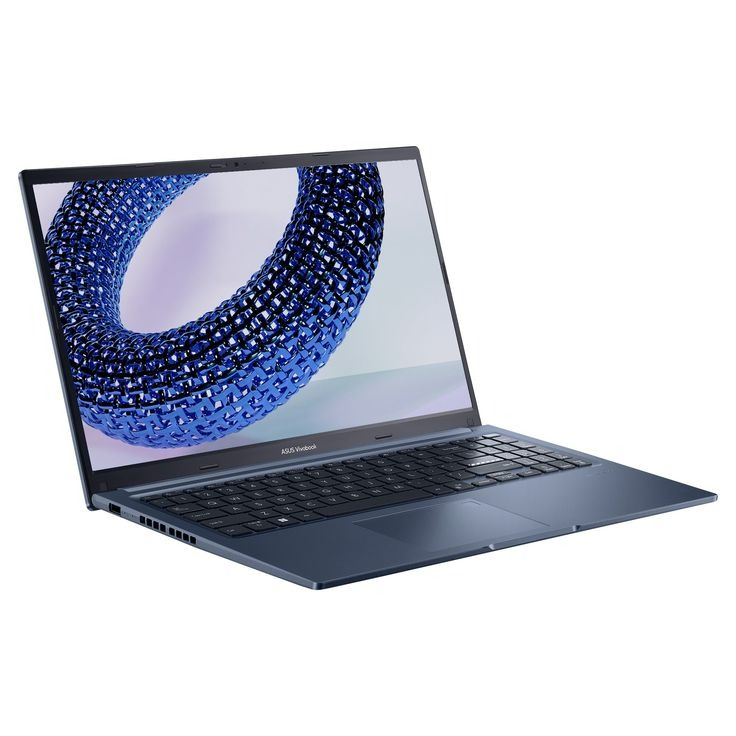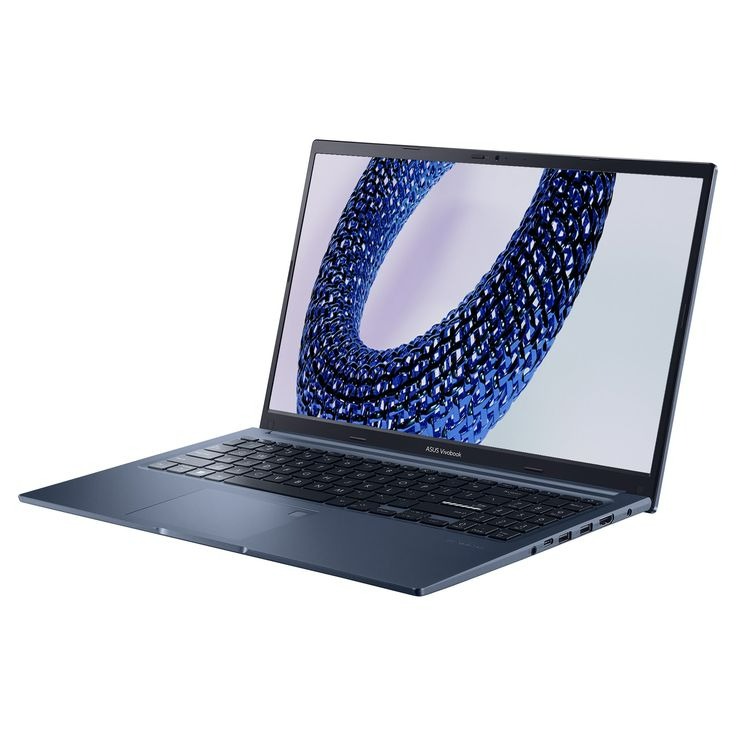Introduction to Laptop Keyboard Care
Caring for your laptop keyboard is crucial for its longevity. Like any part of your laptop, the keyboard requires regular maintenance to ensure it remains functional and responsive. Given its frequent use and exposure to dirt, dust, and the occasional spill, your laptop keyboard is vulnerable to a variety of issues that can affect its performance.
Proper care involves both preventive measures and regular cleaning. To help you protect this essential component, we’ll explore efficient methods for maintaining your laptop keyboard. These tips will help you avoid common problems and keep your keyboard in top condition. By following a regular maintenance routine, you can extend the life of your laptop keyboard and enhance your overall computing experience.
Throughout this blog, we will cover key topics such as identifying common keyboard problems, choosing the right cleaning materials, best typing practices, protecting your keyboard from damage, and more. Integrating these practices into your routine will ensure your laptop keyboard stands the test of time. Let’s dive into the specifics and start taking better care of your laptop keyboard today.

Common Problems with Laptop Keyboards
Identifying the common problems with laptop keyboards is the first step to effective maintenance. Users often encounter several issues that can hinder the device’s functionality. Here are some issues that laptop keyboard users might face:
- Sticky Keys: Spills from beverages or oils from hands can cause keys to stick, making typing difficult.
- Non-responsive Keys: Over time, some keys may fail to register inputs when pressed due to dirt build-up or worn-out parts.
- Repeating Characters: Occasionally, a key might register twice or more with a single press, often due to a faulty switch or a software glitch.
- Missing Keys: Physical damage can lead to keys popping off or getting lost, requiring replacement.
- Keyboard Lag: Users may experience a delay between keypress and on-screen action, which can disrupt typing flow.
To avoid these problems, regular cleaning and careful use of your laptop keyboard are essential. Each issue has its own specific causes and solutions, which we will explore in our guide to laptop keyboard care. Embracing preventive steps and learning to recognize early signs of keyboard trouble can save you from disruptive and costly repairs down the line.
Cleaning Your Laptop Keyboard
Keeping a laptop keyboard clean is vital for its functionality and lifespan. Dirt, dust, and debris can lead to the common problems we’ve outlined, such as sticky or non-responsive keys. A clean keyboard not only works better but also provides a more pleasant typing experience. It’s important to clean your laptop keyboard regularly and correctly to avoid causing any damage to it. In the next sections, we will go through the materials you need for cleaning and provide a step-by-step guide to help you clean your laptop keyboard effectively.
Choosing the Right Cleaning Materials
Selecting proper materials is crucial to avoid harming your laptop keyboard during the cleaning process. Safe options include:
- Microfiber cloths: These cloths are gentle and won’t scratch your keyboard.
- Isopropyl alcohol: It evaporates quickly and doesn’t leave residue, making it ideal for electronic devices.
- Cotton swabs: These can reach tight spaces between keys to remove dirt.
- Compressed air cans: They blow away loose debris without physical contact.
- Distilled water: If needed, use it sparingly to dampen cloths for wiping surfaces.
Avoid using paper towels, harsh chemicals, or excessive water, as these can damage your laptop keyboard.
Step-by-Step Guide to Cleaning
A systematic approach ensures you clean every part of the keyboard without causing harm. Follow these steps:
- Turn off and unplug your laptop: This prevents electrical accidents and unintended keystrokes.
- Tilt and gently shake the laptop: This loosens larger particles that might be stuck under the keys.
- Use compressed air: Blast away remaining debris with short bursts, angling the can to reach all areas.
- Dampen a microfiber cloth with isopropyl alcohol: Wipe the keys and keyboard surface gently. Allow it to dry completely.
- Clean tight spaces with cotton swabs: Moistened with a little alcohol, they can clean around keys effectively.
- Ensure dryness: Before turning the laptop back on, make sure the keyboard is entirely dry.
By following these steps, your laptop keyboard should remain clean and functional, keeping those common keyboard problems at bay.

Protecting Your Keyboard from Damage
Ensuring your laptop keyboard avoids damage is as important as regular cleaning. Protecting the keyboard can prevent many of the common problems that arise over time. Simple steps like not eating or drinking near your laptop can drastically reduce the risk. Always handle your laptop with care to avoid drops and bumps that can damage the keys. Moreover, using protective gear such as keyboard covers can offer additional safety. By being mindful of your environment and handling, you help maintain the keyboard’s integrity.
Preventing Spills and Physical Damage
It’s essential to shield your laptop keyboard from spills and physical damage. Ensure liquids are kept at a safe distance from your laptop at all times. If you’re in the habit of eating or drinking while working, consider setting up a separate area for your food and beverages. Also, when transporting your laptop, make sure it is in a padded case to cushion any impacts. Try to avoid placing heavy objects on your laptop, as this pressure can harm the delicate keyboard mechanisms.
Using Keyboard Covers
Keyboard covers offer a first line of defense against dust, spills, and wear. Choose a cover that fits your laptop model for optimal protection. These covers are typically made from silicone or similar flexible materials. They are easy to apply and remove, making cleaning a swift process. Besides, they don’t interfere with typing and are mostly transparent, preserving the look of your laptop. Investing in a keyboard cover is a small step that goes a long way in protecting your laptop keyboard.
Best Practices for Keyboard Usage
Adopting best practices for keyboard usage can significantly contribute to the longevity of your laptop keyboard. Consistent care when typing can reduce wear and tear on individual keys and ensure your keyboard remains responsive over time. Here, we’ll discuss some effective typing habits and the use of software tools to maintain your laptop keyboard’s health.
Typing Techniques for Reducing Wear
To extend the lifespan of your laptop keyboard, consider these typing techniques:
- Soft Touches: Press keys with a gentle touch rather than pounding them.
- Correct Posture: Sit straight and keep wrists relaxed to minimize force on keys.
- Keep It Clean: Ensure your hands are clean before typing to avoid transferring dirt and oil.
- Even Use: Try to distribute your typing across the keyboard evenly.
Incorporating these habits can make a noticeable difference in reducing the wear of your laptop keyboard.
Software Tools for Keyboard Maintenance
Software can play a role in keeping your laptop keyboard in top shape. Use tools that:
- Monitor Keystrokes: These tools can alert you if you’re pressing too hard.
- Customize Layouts: They allow you to spread usage across more keys.
- Provide Cleaning Reminders: Helpful for keeping up with regular maintenance.
By combining good typing practices with useful software, you can significantly improve the durability and functionality of your laptop keyboard.

Troubleshooting Common Keyboard Issues
Facing keyboard issues can be frustrating, but many can be resolved without professional help. Here’s how you can troubleshoot common laptop keyboard problems. Start by rebooting your laptop; this simple step can often solve minor glitches. If a particular key is not working, check for visible obstructions. Gently pry up the keycap and remove any debris. For repeating characters, adjust keyboard settings in your operating system to fix the key sensitivity. If the whole keyboard is non-responsive, ensure the device drivers are up to date. Reinstall them if necessary. When experiencing keyboard lag, close background applications that may be slowing down your computer. Spill-related issues often require immediate attention. Turn off the laptop, detach the battery if possible, and carefully blot the liquid. Allow the keyboard to dry completely before use. Always back up your data to prevent loss during troubleshooting. If these steps don’t fix the issue, it might be time to consult a professional. Keep your laptop manual handy for specific troubleshooting steps tailored to your model.
Professional Maintenance and When to Seek Help
Sometimes, despite our best efforts, laptop keyboards may need expert attention. Knowing when to seek professional maintenance can save you time and trouble. Here’s what to consider:
- Persistent Issues: If problems persist after you’ve tried basic troubleshooting, it’s time for a pro.
- Hardware Faults: Should you suspect an internal fault, avoid DIY fixes and get expert help.
- Regular Check-Ups: Just like cars, laptops benefit from periodic check-ups by a technician.
- Warranty Claims: Use your warranty if applicable, for cost-effective repairs.
When facing complex problems, contact your laptop’s manufacturer or a certified repair service. They have the tools and expertise needed to diagnose and fix intricate issues safely. Keep in mind that opening up your laptop to attempt repairs could void the warranty.
Always consider the cost of repairs against the value of your laptop. If fixes are too expensive, it might be more practical to invest in a new keyboard or laptop. Remember, professional care can extend the life of your laptop keyboard, ensuring it serves you well for years to come.